Agents are here. And they are challenging many of the assumptions software teams have relied on for decades, including the very idea of what a “product” is.
There is a scene in Interstellar where the characters are on a remote, water-covered planet. In the distance, what looks like a mountain range turns out to be enormous waves steadily building and towering over them. With AI, it has felt much the same. A massive wave has been building on the horizon for years.
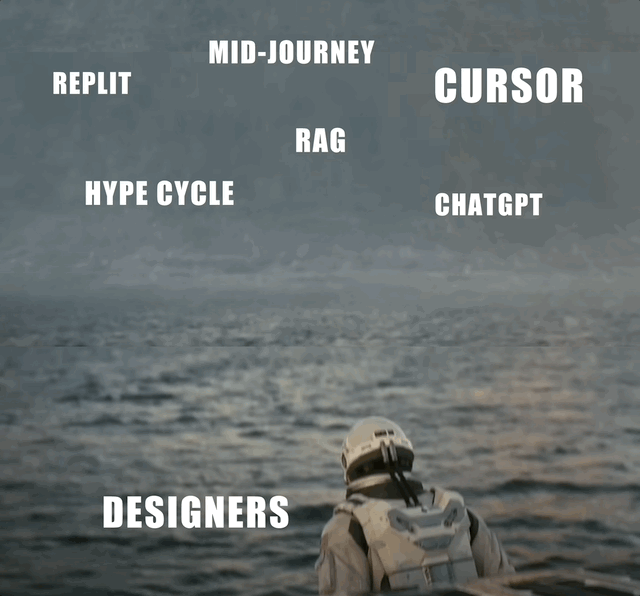
Generative AI and Vibe Coding have already shifted how design and development happen. Now, another seismic shift is underway: agentic AI.
The question isn’t if this wave will hit — it already has. The question is how it will reshape the landscape enterprises thought they knew. From the vantage point of the production design team at DataRobot, these changes are reshaping not just how design is done, but also long-held assumptions about what products are and how they are built.
What makes agentic AI different from generative AI
Unlike predictive or generative AI, agents are autonomous. They make decisions, take action, and adapt to new information without constant human prompts. That autonomy is powerful, but it also clashes with the deterministic infrastructure most enterprises rely on.
Deterministic systems expect the same input to deliver the same output every time. Agents are probabilistic: the same input might trigger different paths, decisions, or outcomes. That mismatch creates new challenges around governance, monitoring, and trust.
These aren’t just theoretical concerns; they’re already playing out in enterprise environments.
To help enterprises run agentic systems securely and at scale, DataRobot co-engineered the Agent Workforce Platform with NVIDIA, building on their AI Factory design. In parallel, we co-developed business agents embedded directly into SAP environments.
Together, these efforts enable organizations to operationalize agents securely, at scale, and within the systems they already rely on.
Moving from pilots to production
Enterprises continue to struggle with the gap between experimentation and impact. MIT research recently found that 95% of generative AI pilots fail to deliver measurable results — often stalling when teams try to scale beyond proofs of concept.
Moving from experimentation to production involves significant technical complexity. Rather than expecting customers to build everything from the ground up, DataRobot shifted its approach.
To use a food analogy: instead of handing customers a pantry of raw ingredients like components and frameworks, the company now delivers meal kits: agent and application templates with prepped components and proven recipes that work out of the box.
These templates codify best practices across common enterprise use cases. Practitioners can clone them, then swap or extend components using the platform or their preferred tools via API.
The impact: production-ready dashboards and applications in days, not months.
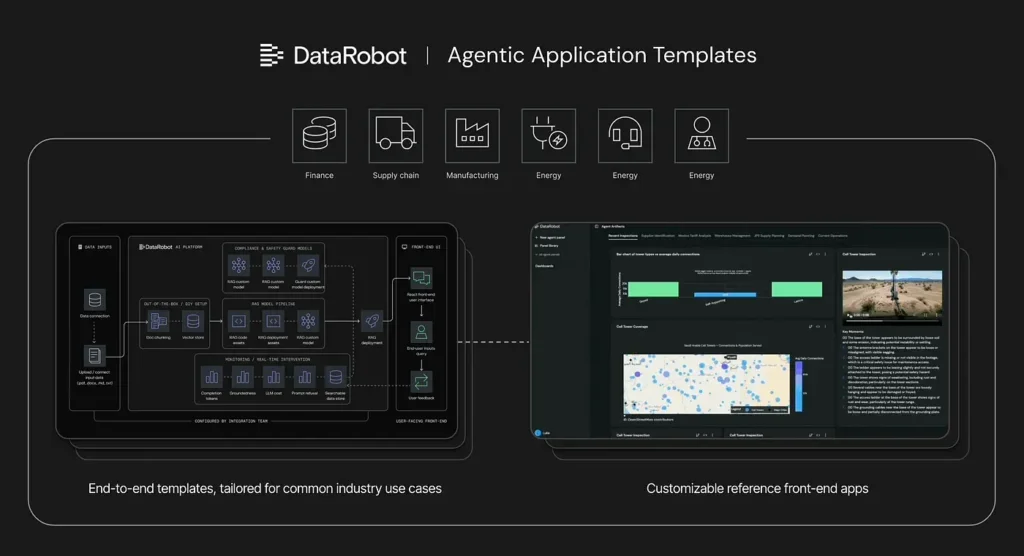
Changing how practitioners use the platform
This approach is also reshaping how AI practitioners interact with the platform. One of the biggest hurdles is creating front-end interfaces that consume the agents and models: apps for forecasting demand, generating content, retrieving knowledge, or exploring data.
Larger enterprises with dedicated development teams can handle this. But smaller organizations often rely on IT teams or AI experts, and app development is not their core skill.
To bridge that gap, DataRobot provides customizable reference apps as starting points. These work well when the use case is a close match, but they can be difficult to adapt for more complex or unique requirements.
Practitioners sometimes turn to open-source frameworks like Streamlit, but those often fall short of enterprise requirements for scale, security, and user experience.
To address this, DataRobot is exploring agent-driven approaches, such as supply chain dashboards that use agents to generate dynamic applications. These dashboards include rich visualizations and advanced interface components tailored to specific customer needs, powered by the Agent Workforce Platform on the back end.
The result is not just faster builds, but interfaces that practitioners without deep app-dev skills can create – while still meeting enterprise standards for scale, security, and user experience.
Agent-driven dashboards bring enterprise-grade design within reach for every team
Balancing control and automation
Agentic AI raises a paradox familiar from the AutoML era. When automation handles the “fun” parts of the work, practitioners can feel sidelined. When it tackles the tedious parts, it unlocks massive value.
DataRobot has seen this tension before. In the AutoML era, automating algorithm selection and feature engineering helped democratize access, but it also left experienced practitioners feeling control was taken away.
The lesson: automation succeeds when it accelerates expertise by removing tedious tasks, while preserving practitioner control over business logic and workflow design.
This experience shaped how we approach agentic AI: automation should accelerate expertise, not replace it.
Control in practice
This shift towards autonomous systems raises a fundamental question: how much control should be handed to agents, and how much should users retain? At the product level, this plays out in two layers:
- The infrastructure practitioners use to create and govern workflows
- The front-end applications people use to consume them.
Increasingly, customers are building both layers simultaneously, configuring the platform scaffolding while generative agents assemble the React-based applications on top.
Different user expectations
This tension plays out differently for each group:
- App developers are comfortable with abstraction layers, but still expect to debug and extend when needed.
- Data scientists want transparency and intervention.
- Enterprise IT teams want security, scalability, and systems that integrate with existing infrastructure.
- Business users just want results.
Now a new user type has emerged: the agents themselves.
They act as collaborators in APIs and workflows, forcing a rethink of feedback, error handling, and communication. Designing for all four user types (developers, data scientists, business users, and now agents) means governance and UX standards must serve both humans and machines.
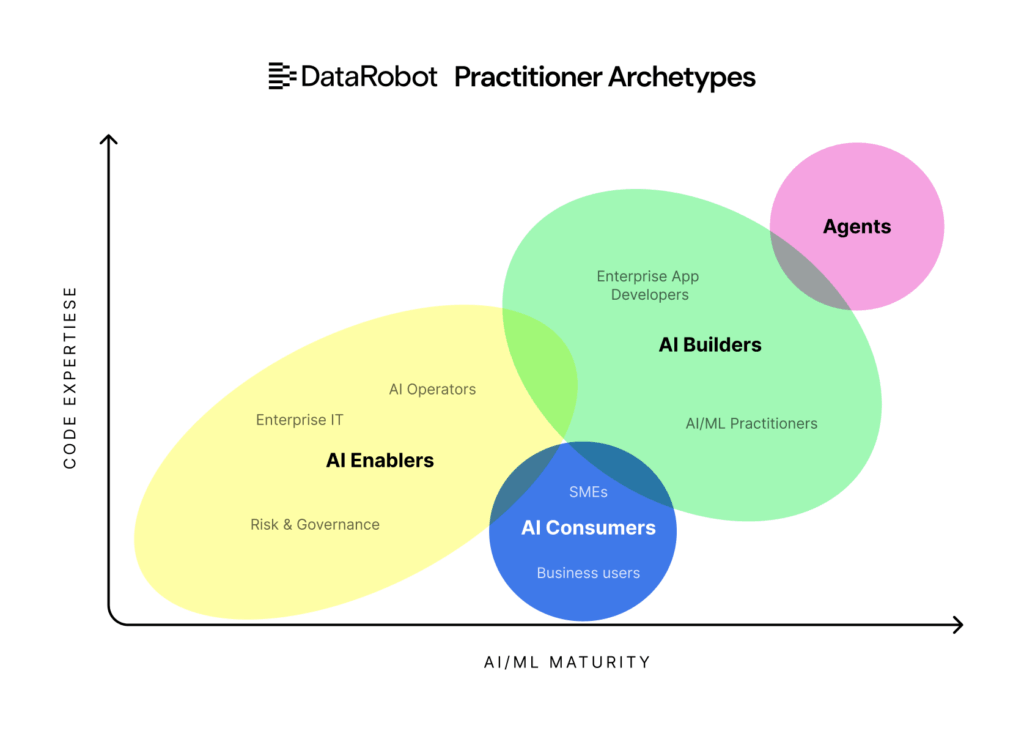
Reality and risks
These are not prototypes; they are production applications already serving enterprise customers. Practitioners who may not be expert app developers can now create customer-facing software that handles complex workflows, visualizations, and business logic.
Agents manage React components, layout, and responsive design, while practitioners focus on domain logic and user workflows.
The same trend is showing up across organizations. Field teams and other non-designers are building demos and prototypes with tools like V0, while designers are starting to contribute production code. This democratization expands who can build, but it also raises new challenges.
Now that anyone can ship production software, enterprises need new mechanisms to safeguard quality, scalability, user experience, brand, and accessibility. Traditional checkpoint-based reviews won’t keep up; quality systems themselves must scale to match the new pace of development.
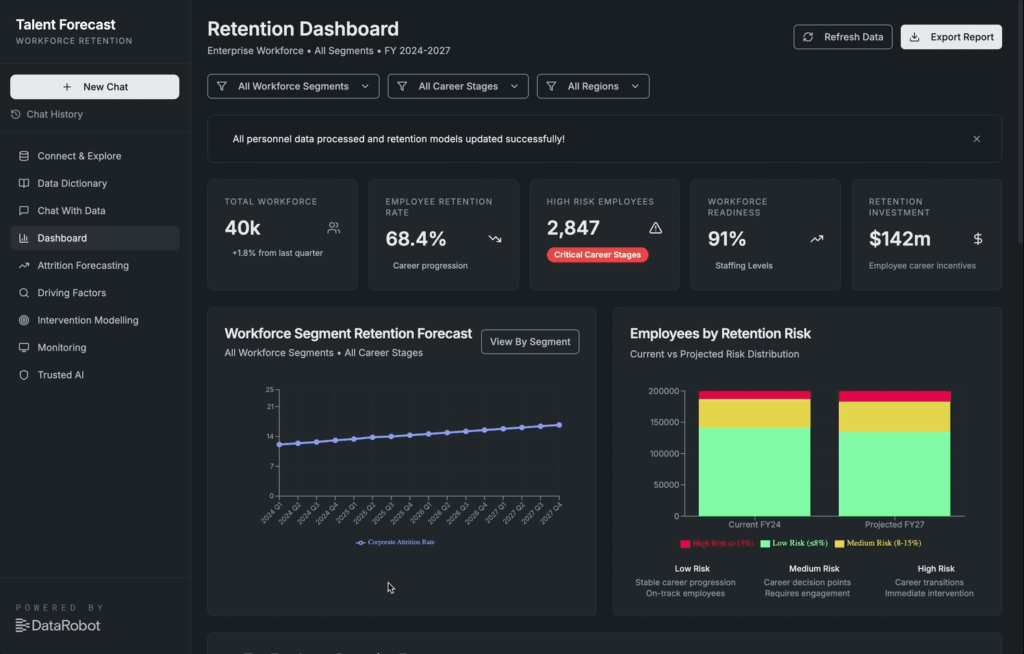
Designing systems, not just products
Agentic AI doesn’t just change how products are built; it changes what a “product” is. Instead of static tools designed for broad use cases, enterprises can now create adaptive systems that generate specific solutions for specific contexts on demand.
This shifts the role of product and design teams. Instead of delivering single products, they architect the systems, constraints, and design standards that agents use to generate experiences.
To maintain quality at scale, enterprises must prevent design debt from compounding as more teams and agents generate applications.
At DataRobot, the design system has been translated into machine-readable artifacts, including Figma guidelines, component specifications, and interaction principles expressed in markdown.
By encoding design standards upstream, agents can generate interfaces that remain consistent, accessible, and on-brand with fewer manual reviews that slow innovation.
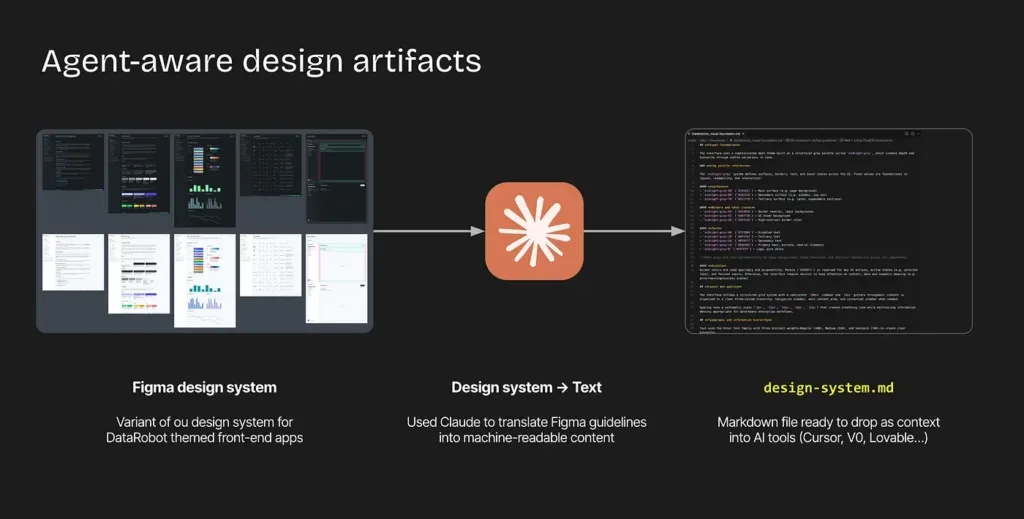
Designing for agents as users
Another shift: agents themselves are now users. They interact with platforms, APIs, and workflows, sometimes more directly than humans. This changes how feedback, error handling, and collaboration are designed. Future-ready platforms will not only optimize for human-computer interaction, but also for human–agent collaboration.
Lessons for design leaders
As boundaries blur, one truth remains: the hard problems are still hard. Agentic AI does not erase these challenges — it makes them more urgent. And it raises the stakes for design quality. When anyone can spin up an app, user experience, quality, governance, and brand alignment become the real differentiators.
The enduring hard problems
- Understand context: What unmet needs are really being solved?
- Design for constraints: Will it work with existing architectures?
- Tie tech to value: Does this address problems that matter to the business?
Principles for navigating the shift
- Build systems, not just products: Focus on the foundations, constraints, and contexts that allow good experiences to emerge.
Exercise judgment: Use AI for speed and execution, but rely on human expertise and craft to decide what’s right.
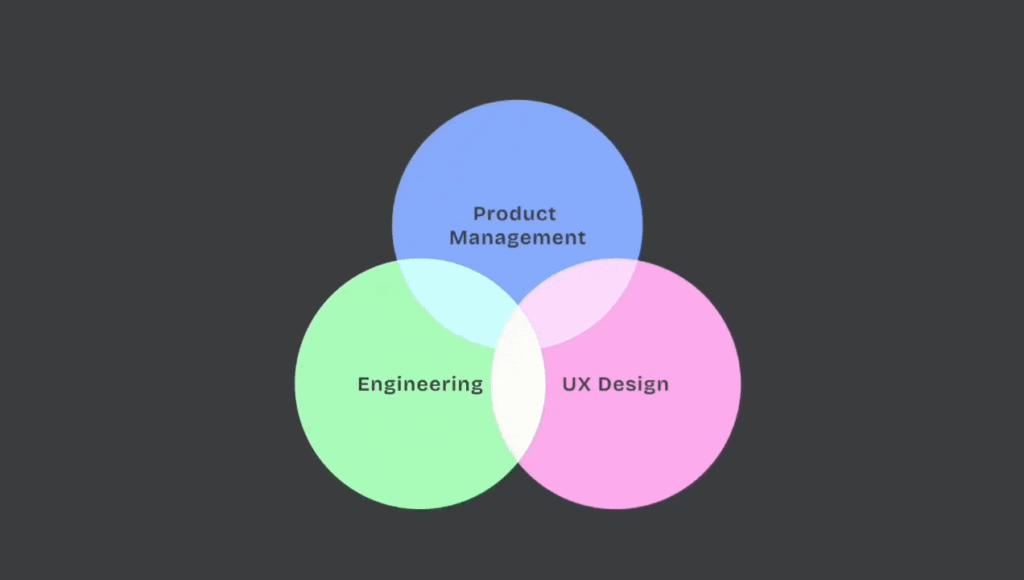
Riding the wave
Like Interstellar, what once looked like distant mountains are actually massive waves. Agentic AI is not on the horizon anymore—it is here. The enterprises that learn to harness it will not just ride the wave. They will shape what comes next.
Learn more about the Agent Workforce Platform and how DataRobot helps enterprises move fro1m AI pilots to production-ready agentic systems.
The post The agentic AI shift: From static products to dynamic systems appeared first on DataRobot.